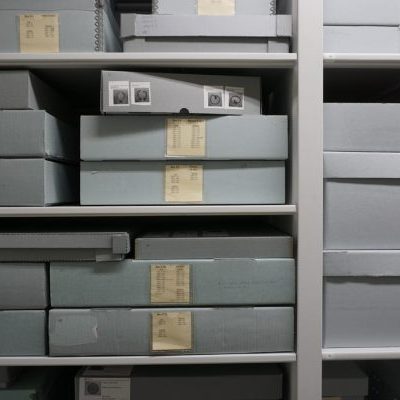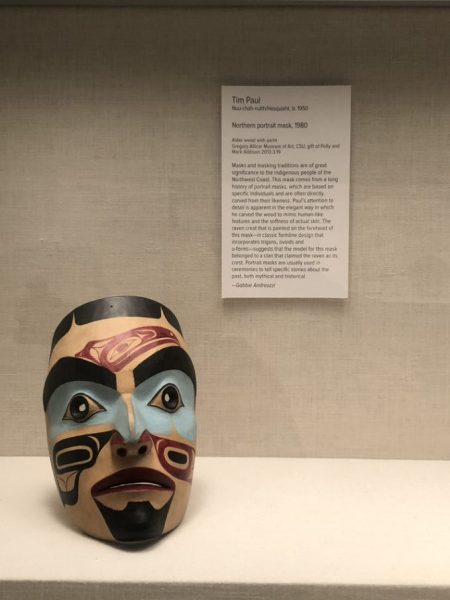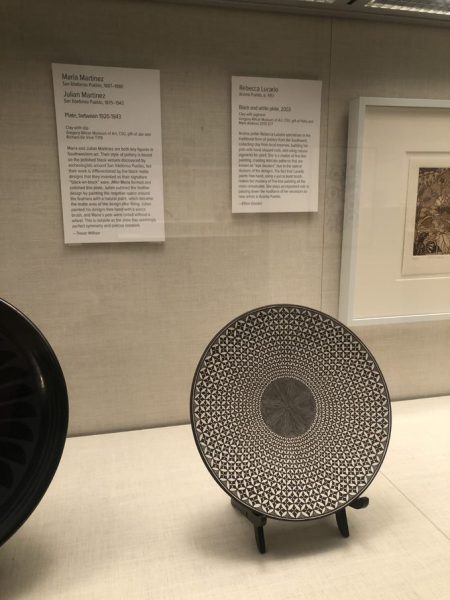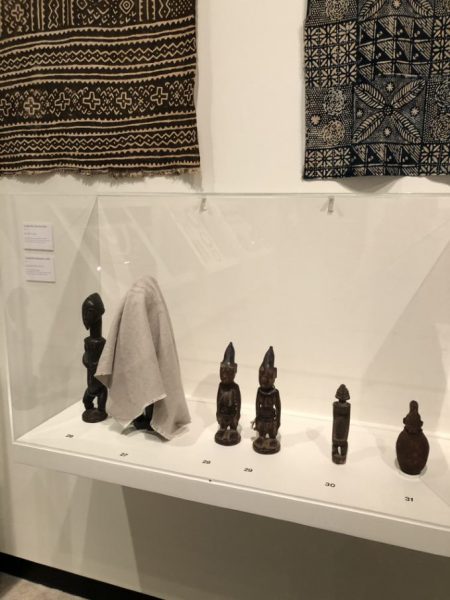
Museums are custodians of cultural heritage. But what happens when visitors feel that these institutions are “not for people like them”?[1]
Art organizations under the GLAM umbrella (galleries, libraries, archives, and museums) have a responsibility to collect and maintain cultural materials while providing access to knowledge. But though these institutions can catalyze visual literacy and instill a passion for learning, some are seen as “the temple on the hill”—an image that can exclude some while welcoming others.[2] Despite hard work throughout the GLAM sector, data shows that as many as 40.2% of millennials in 2019 did not view museums as places for people like them.[3] As then-Secretary Robert McCormick Adams, head of the Smithsonian, said about the National Museum of the American Indian (NMAI) in 1990, “[W]e must move decisively from the older image of a museum as a temple...to a forum...committed not to the promulgation of received wisdom but to the encouragement of a multicultural dialogue.”[4]
Encouraging dialogue
At the Gregory Allicar Museum of Art (GAMA), challenging preconceptions of art and museums is a principal motivator for reaching the community. “Our work is to change this perception that the museum space is not for them,” says Lynn Boland, GAMA’s director and chief curator. “We’re here to break down real and perceived barriers to entry, because the art museum is for everyone.” The Gregory Allicar’s mission is to invite individuals to engage with art and each other, a commitment undertaken by institutions around the world.

Students in ART 317, Native North American Art History, engage with this dialogue in their coursework. Taught by Emily Moore, associate professor of art history and associate curator of North American Art at GAMA, the course centers around a student-curated exhibition called Survivance.
The class visits GAMA with Suzanne Hale, the museum’s registrar and collections manager, to view art in CSU’s permanent collection. Students choose one artwork on which to base an eight-to-ten-page research paper and study the work up close. Moore advocates for students to reach out to Indigenous knowledge-bearers, a process that introduces them to ethical research practices, cultures other than their own, and the work involved in producing an exhibition. In doing so, the course also challenges traditional mindsets about expertise. “Just because someone has a PhD doesn’t mean that their interpretation is authentic,” says Moore. Including Indigenous artists and leaders in the curatorial process is critical for ensuring that art is respectfully and accurately represented.
Once complete, students distill their paper into a 100-word label text. According to Moore, students in ART 317 learn that “their research does matter,” and that they, too, can contribute to an ongoing conversation about art, culture, and humanity. The course also changes students’ perceptions of the museum space: not only do they feel a sense of ownership over the final exhibition, but they are also more likely to seek out similar artworks, tell their peers about what they’ve learned, and see the galleries as dynamic and engaging rather than static and out-of-date.



Survivance, a student-curated exhibition featuring North American Art from CSU's permanent collection.
Moore also says that visitors also see the benefit of Survivance: ““People who understand the mission of a university museum perceive the exhibition as aligned with the university’s mission to work with students and get them engaged in museum practices.” Students in ART 317 have produced at least four exhibitions over the last six years, rotating selections based on research and space.
Curators at GAMA also recontextualize the museum space through display. After learning about the spiritual importance of an object, one student in ART 317 chose to cover the artwork with linen, thereby opening a dialogue about spirituality, respect, personal and cultural significance, ownership, and more. Moore notes that curatorial decisions of all types ask visitors to engage with a different and sometimes challenging histories; in this case, Native history told from Indigenous perspectives and the history of settler colonialism.
Similarly, Keith Jentzsch and Dave Riep, associate professor of art history and associate curator of African Art, collaborated to ensure that a sculpture currently in Gregory Allicar’s African Collection gallery is properly covered by muslin. Jentzsch, GAMA’s chief preparator and operations manager and the mastermind behind museum displays, notes the exchanges prompted by this artwork over the years. “The perspective of the viewer changes once they learn about the object,” he says. Questioning why it is obscured in a visual art space “opens corridors for learning, engagement, and conversation.”

MICROLOGIES, Slow Art Day, and Family Day
Throughout the museum, perceptions shift as a result of ever-changing and composite layers of wall text, history, context, display, location of the work, and other curatorial choices. In the fourth iteration of MICROLOGIES, a traveling exhibition curated by assistant professor of painting Aitor Lajarin-Encina and on view through July 2, scale also influences perspective. The group exhibition is comprised of small works which are no larger than 2 1/4 inches on each side—the measurements of a standard Rubik’s Cube. As Lajarin-Encina notes, “scale is ultimately a radical instigator of awareness in our relationship to the world around us.” He also quotes Liz Vassey: “Notice the small things. The rewards are inversely proportional.”
But students and community members don’t need to be in a class or have any knowledge of art to enjoy these or other works in the museum. Programs like Slow Art Day and Family Day are designed to welcome everyone to GAMA. In the former, all that is required is five or ten minutes and an open mind. At last year’s annual event, a father and son duo spent fifteen minutes gazing at View of Delphi with a Procession (circa 1648-1650) and left with an ecstatic interest in trees. At Family Day, held once per semester, families can make art projects led by students and faculty in the CSU Art Education program.
These exchanges slowly but surely change perceptions about museums. Whether it’s through curation, dialogue, display engineering, or programming, GAMA staff hope to make CSU’s art museum more welcoming to all.
[1] https://www.colleendilen.com/2019/03/20/perceptions-matter-how-welcoming-are-cultural-organizations-data/
[2] Richard West Jr., “Point of View: Museums Must Be More,” in Museum (American Alliance of Museums, November/December 2021). https://www.aam-us.org/2021/10/31/point-of-view-museums-must-be-more/ .
[3] https://www.colleendilen.com/2019/03/20/perceptions-matter-how-welcoming-are-cultural-organizations-data/
[4] Richard West Jr., “Point of View: Museums Must Be More,” in Museum (American Alliance of Museums, November/December 2021). https://www.aam-us.org/2021/10/31/point-of-view-museums-must-be-more/ .
